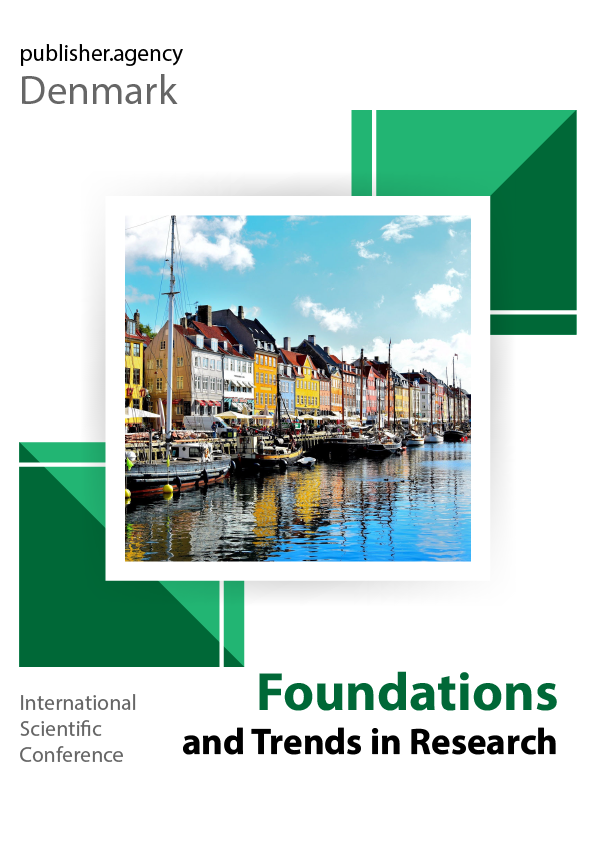Leveraging Natural Language Processing for Technical Documentation Enhancement
Keywords:
Natural Language Processing (NLP), Technical Documentation, Linguistics, Computational Linguistics, Technical Terminology, Domain-Specific Jargon, Content Structure, Information Retrieval, Multilingual Support, User UnderstandingAbstract
In an era where knowledge is often conveyed through an intricate tapestry of technical documents and manuals, the intersection of linguistics and technology has never been more pivotal. The capacity to navigate, comprehend, and disseminate technical information is the cornerstone of progress in various fields, from engineering to computer science. However, the complexity and diversity of technical discourse pose distinct challenges to both authors and readers.
Linguistics and technology converge in the field of Natural Language Processing (NLP), providing innovative solutions to enhance technical documentation. This article explores the application of NLP techniques in optimizing the comprehension and accessibility of technical materials.
One of the primary challenges addressed in this study is the automatic identification of domain-specific terminology and jargon. NLP tools are employed to build specialized lexicons and to determine the context in which technical terms are used. This, in turn, aids in providing concise and relevant explanations and translations for those terms. Such precision is essential, as it ensures that complex technical information is communicated clearly and effectively to a wide audience.
Moreover, we propose an algorithm that enhances technical documentation by identifying the optimal content structure. It takes into account the hierarchical nature of technical materials, including chapters, sections, and subsections. This algorithm also considers the interplay between textual and visual content, ensuring that diagrams, charts, and images are accurately linked to textual explanations. Effective content structure not only simplifies navigation but also fosters improved comprehension.
Published
How to Cite
Issue
Section
License

This work is licensed under a Creative Commons Attribution-ShareAlike 4.0 International License.

